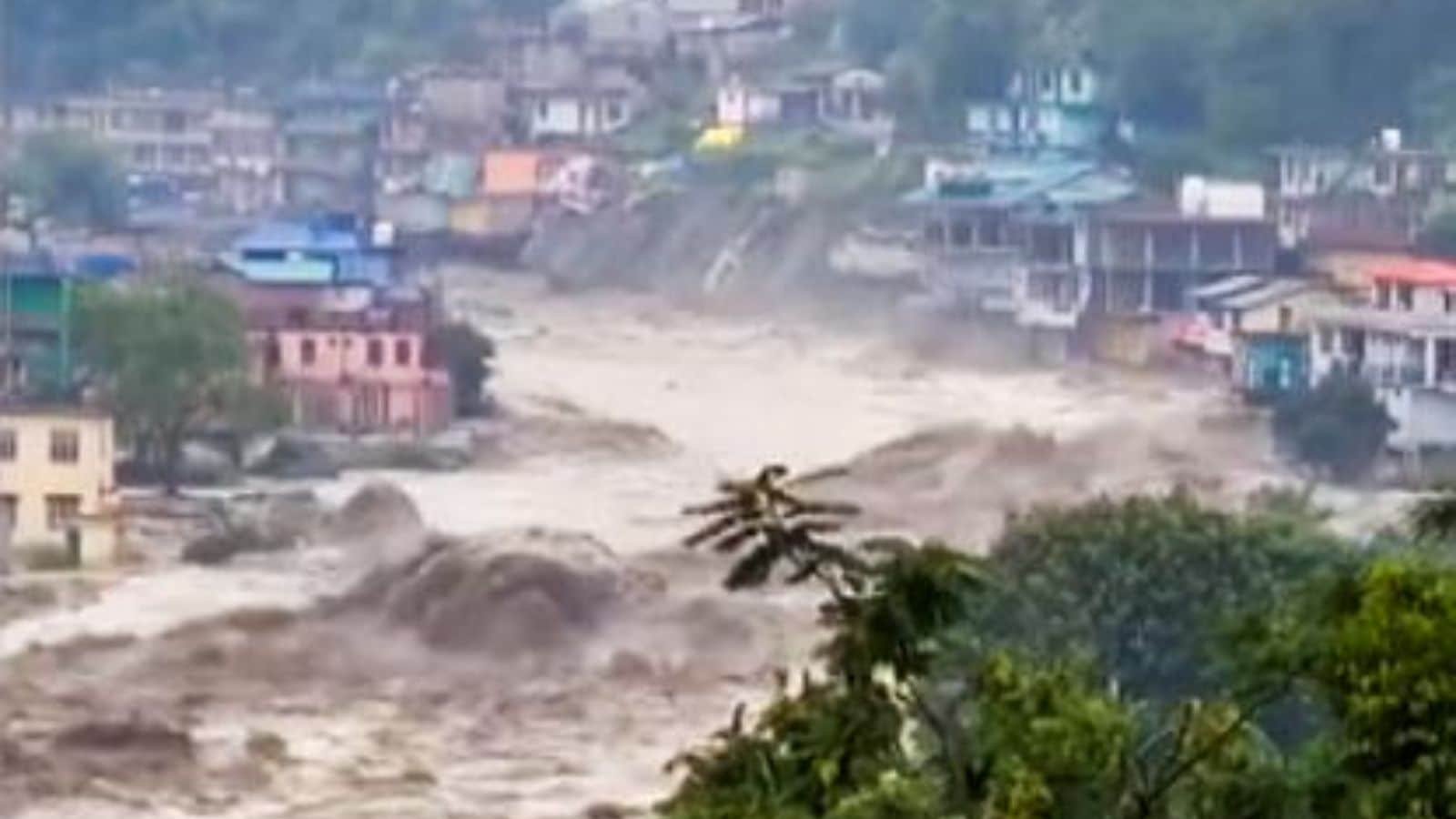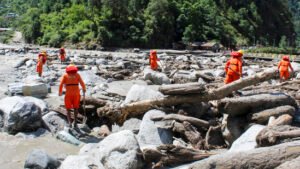Devastating Cloudburst: The mountain state faced another tragic disaster when heavy rains triggered devastating floods across multiple districts. Himachal Pradesh witnessed nature’s fury as cloudbursts unleashed torrential waters that swept away homes, roads, and precious lives.
Devastating Cloudburst: Understanding the Current Crisis
Mother Nature dealt a cruel hand to residents when sudden cloudbursts struck vulnerable areas throughout the region. The floods began without warning, leaving communities scrambling to reach safer ground before rising waters could claim more victims.
Emergency teams worked tirelessly to reach affected areas where several people remain missing after the initial disaster. The weather patterns showed unusual intensity, with meteorologists noting unprecedented rainfall levels that overwhelmed local drainage systems completely.
Rising Death Toll Sparks Urgent Response
Officials confirmed that the death toll has risen to five people, though rescue teams continue searching for additional victims trapped by floodwaters. Local authorities worry that more casualties might be discovered as rescue operations expand their scope across remote villages.
The tragic count includes families who could not evacuate their homes before flash floods struck their neighbourhoods. Many residents describe hearing the roar of approaching water just minutes before their homes became completely submerged.
Devastating Cloudburst: Comprehensive Rescue Operations Underway
State emergency services launched massive rescue efforts to reach stranded residents in affected areas. Rescue operations involve multiple agencies working together to save lives and provide essential supplies to isolated communities.
Teams utilise helicopters, boats, and ground vehicles to navigate through flooded terrain where normal transportation becomes impossible. Medical teams stand ready to treat injured survivors while evacuation efforts continue around the clock.
Key rescue priorities include:
- Evacuating trapped families from flood-prone areas
- Providing emergency medical care to injured victims
- Distributing clean water and food supplies
- Establishing temporary shelter facilities
Impact Across Multiple Districts
The natural disaster affected several districts where infrastructure damage makes travel extremely dangerous for rescue teams. Roads washed away by floods force emergency vehicles to take longer routes while precious time slips away.
Communication networks faced severe disruption, making it difficult for families to locate missing relatives after the waters receded. Power outages compound the challenges faced by rescue workers trying to coordinate their efforts effectively.
Meanwhile, agricultural lands worth millions suffered extensive damage when flood waters swept away crops ready for harvest. Local farmers worry about their livelihoods after losing their entire seasonal income sources.
Devastating Cloudburst: Government Response and Relief Efforts
State government officials moved quickly to declare affected areas disaster zones requiring immediate federal assistance. The Chief Minister announced comprehensive relief packages for families who lost homes and property during the catastrophe.
Relief camps house hundreds of displaced residents while authorities assess the total damage caused by the floods. Government teams distribute blankets, food packets, and clean water to ensure basic needs are met during this crisis.
Additionally, medical teams provide healthcare services to prevent disease outbreaks that often follow major flooding events. Vaccination drives began immediately to protect vulnerable populations from waterborne illnesses.
Climate Change Concerns Mount
Experts point to climate change as a factor contributing to these increasingly frequent extreme weather events. The state has experienced multiple cloudbursts in recent years, each causing significant damage to infrastructure and human lives.
Weather scientists study patterns that might help predict future events and allow communities better preparation time. Early warning systems could save lives by giving residents enough notice to evacuate dangerous areas.
Local communities must adapt their building practices to withstand these recurring natural disasters that threaten mountain regions. Traditional construction methods may not provide adequate protection against modern climate challenges.
Devastating Cloudburst: Moving Forward After Tragedy
Recovery efforts focus on rebuilding damaged infrastructure while improving flood protection systems for future events. Engineers study flood patterns to design better drainage solutions that could prevent similar disasters.
Community resilience programs teach residents how to prepare for emergencies and respond quickly when warnings are issued. Education about flood safety could help families make better decisions during crisis situations.
The state plans to invest in early warning systems that give communities precious time to evacuate before floods reach dangerous levels. These technological solutions offer hope for reducing casualties in future disasters.
Conclusion
The recent floods in Himachal Pradesh serve as a stark reminder of nature’s power and the importance of disaster preparedness. As rescue operations continue and communities begin rebuilding, the focus remains on preventing future tragedies through better planning and early warning systems.
Recovery will take months, but the resilience of the people and the swift government response provide hope for affected communities. The lessons learned from this disaster will guide future preparations for similar events.








Be First to Comment